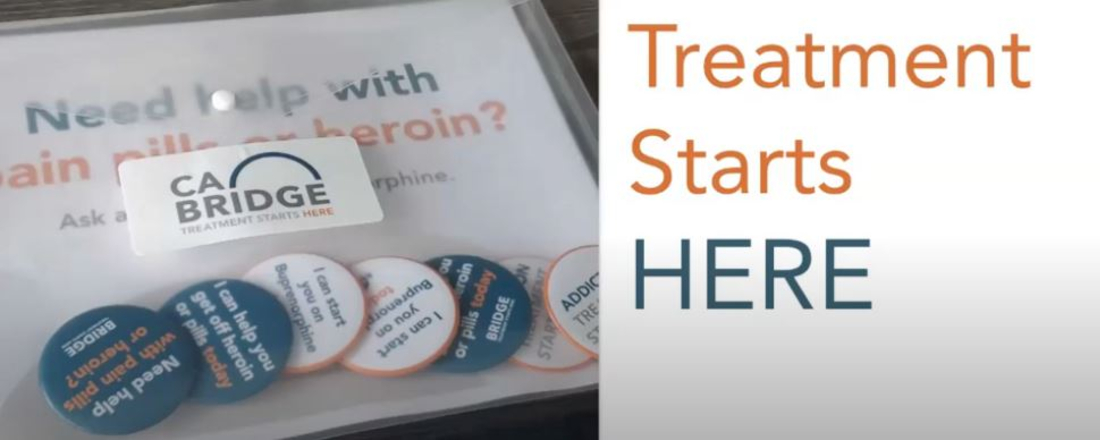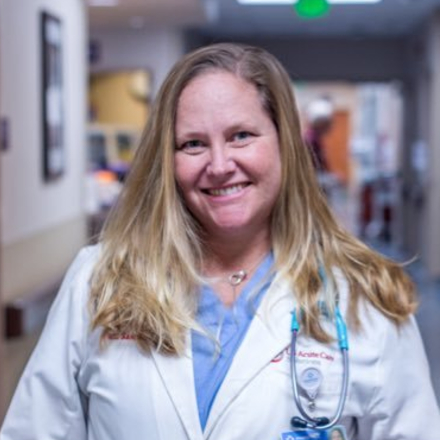
In the News
Is It Time for EDs to Play a Central Role in Opioid Use Disorder Treatment?
- Relias Media
-
Focus Areas
Alcohol, Tobacco, Drugs & Mental Health, Health Care & Population Health -
Issues
Rural Health -
Expertise
Outreach & Dissemination -
Programs
CA Bridge

During the COVID-19 pandemic, overdose deaths are surging across the country, and some experts argue now is the time to implement needed reforms in care for patients with opioid use disorder. In particular, they say it is time to fully leverage emergency departments (ED) in the quest to initiate these patients on treatment and connect them with ongoing care.
In a recently published commentary, Gail D’Onofrio, MD, professor and chair of the department of emergency medicine at the Yale School of Medicineand colleagues made a forceful case that the adverse effect of COVID-19 on people with OUD underscores the need and presents the opportunity for EDs to assume a central role in initiating these patients on treatment. She notes that patients with OUD who were initiated on Medication for Addiction Treatment (MAT) using the addiction drug buprenorphine in the ED and who were then referred to a treatment provider for ongoing care were much more likely to be engaged in treatment for their addiction after one month than patients who only received a treatment provider referral.
This is the model used by PHI’s CA Bridge program. For three years, the 24-bed ED at Marshall Medical Center in Placerville, CA, has been initiating patients on OUD treatment and then referring them to ongoing care at community clinics. Arianna Sampson, Northern California Regional Director for PHI’s CA Bridge program and a physician assistant in the Marshall ED explains that, “The reason we were an early adopter was because I looked at the evidence, and I streamlined it into what I do with every other medical problem. I saw there is a better medication for a medical problem that I treat all the time, it is more efficient … and there is decreased mortality with it.”
“We are happy to start patients [on treatment] 24/7 as long as [the outpatient clinic] sees them the next business day … it has been consistently successful. We have just been an open door…. I see people who I may have started on [buprenorphine] two or three years ago, and I can see how well they are doing. It is incredibly meaningful in terms of our staff, our clinicians, and decreased burnout. For me, it has been very transformative for my career.” Arianna Sampson, CA Bridge.
Sampson also notes that the COVID-19 pandemic has affected case numbers at Marshall Medical Center. “Our volume of people seeking treatment [for OUD] went down 50%,” she says, referring to the early days of the pandemic when shelter-in-place orders were in effect. “That was very striking.”
Early in the pandemic, Sampson contacted her referral sites to make sure they were continuing to accept patients and had developed telemedicine capabilities to facilitate access. “We were able to make that happen overnight with the two places we now refer to,” she says.
Considering the enhanced focus on COVID-19 and the burdens placed on frontline caregivers, is now really the time to push for reform in the way EDs manage patients with OUD? Sampson agrees with D’Onofrio: The answer is absolutely yes.

This is the perfect time to make sure we are advocating for marginalized populations and people who otherwise don’t have access to care. This is an incredible time to address this because it is the call of medicine. I see it as advocating for people who ... have historically been treated poorly, and not with the same kind of treatment that we provide to people with other medical conditions.Arianna Sampson, CA Bridge
Click below to read the full story in Relias Media.
Originally published by Relias Media
More Updates
Work With Us
You change the world. We do the rest. Explore fiscal sponsorship at PHI.
Support Us
Together, we can accelerate our response to public health’s most critical issues.
Find Employment
Begin your career at the Public Health Institute.



